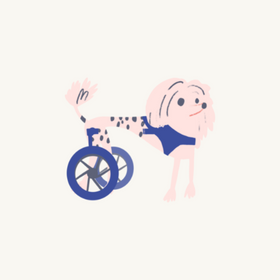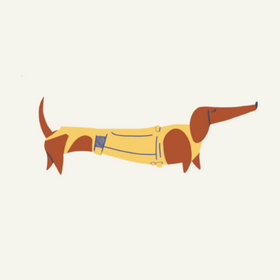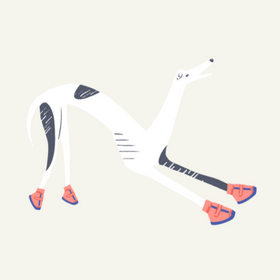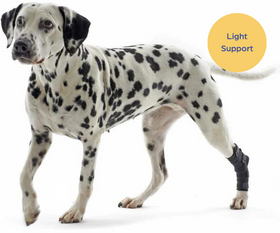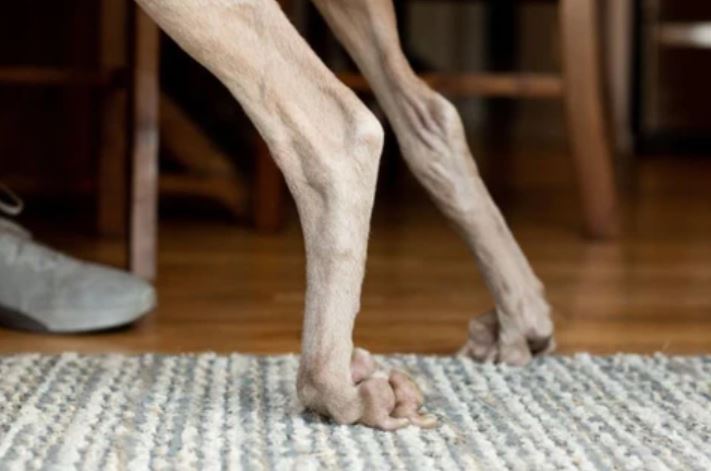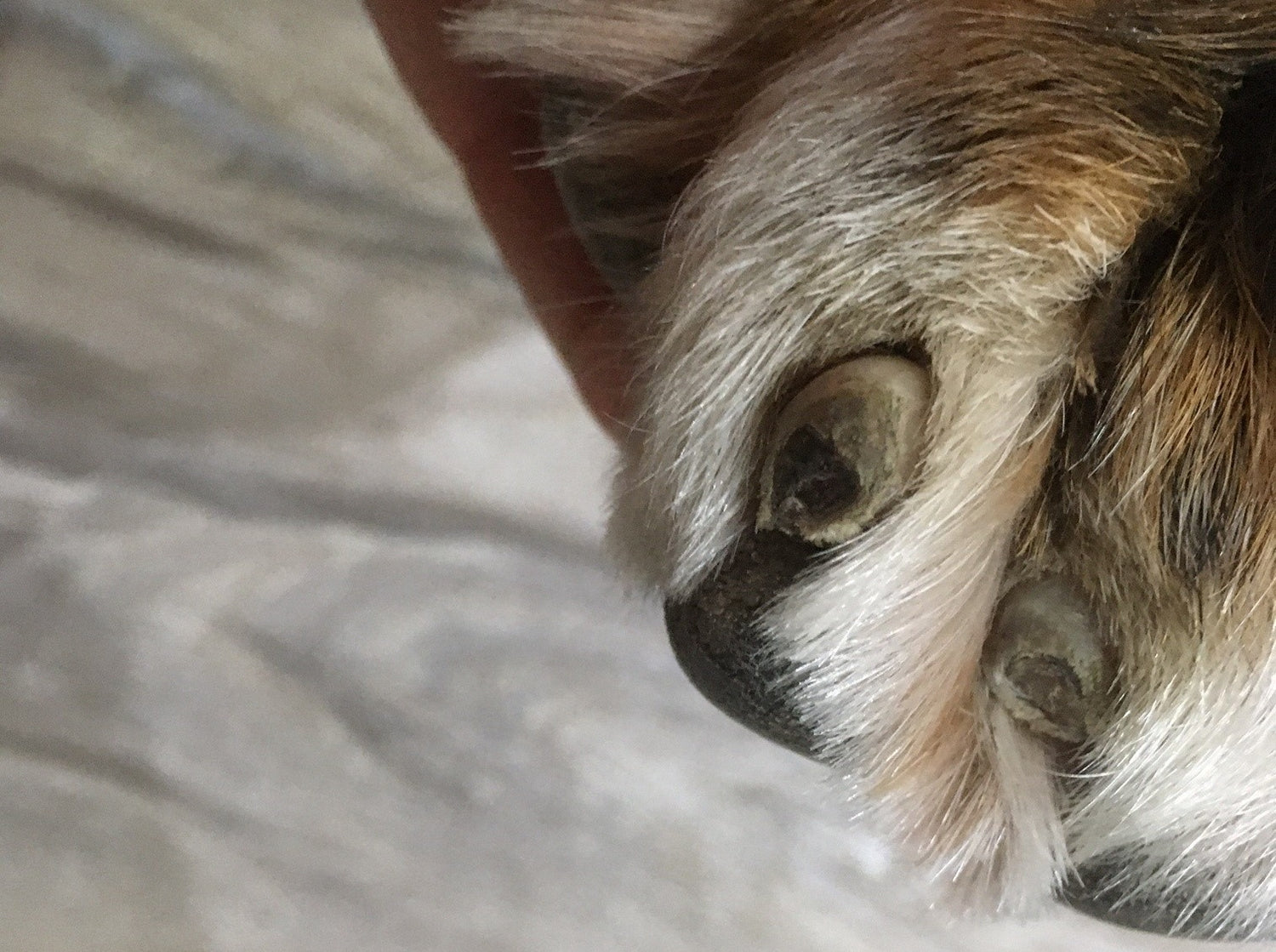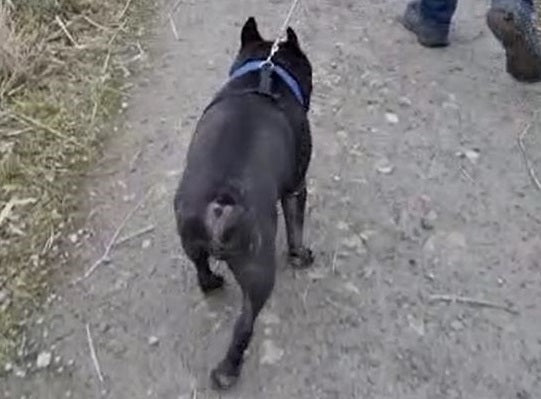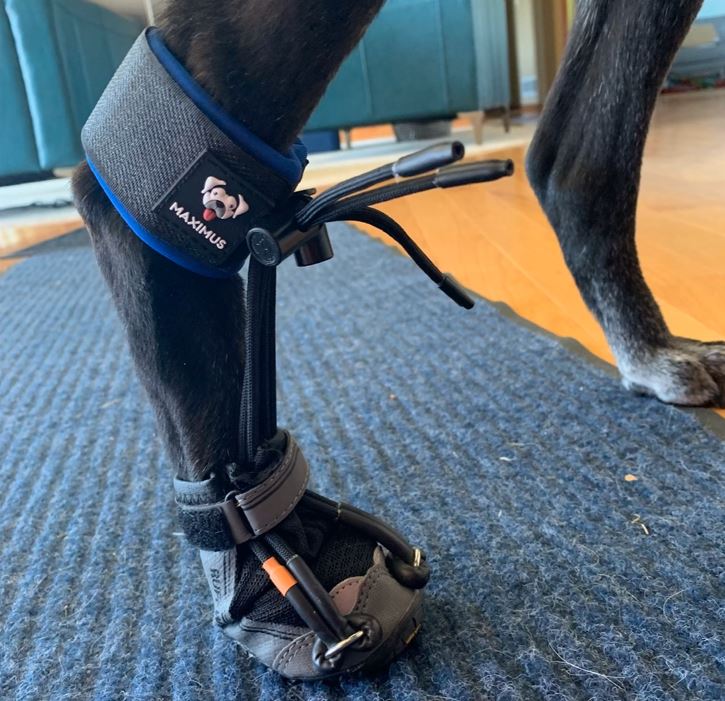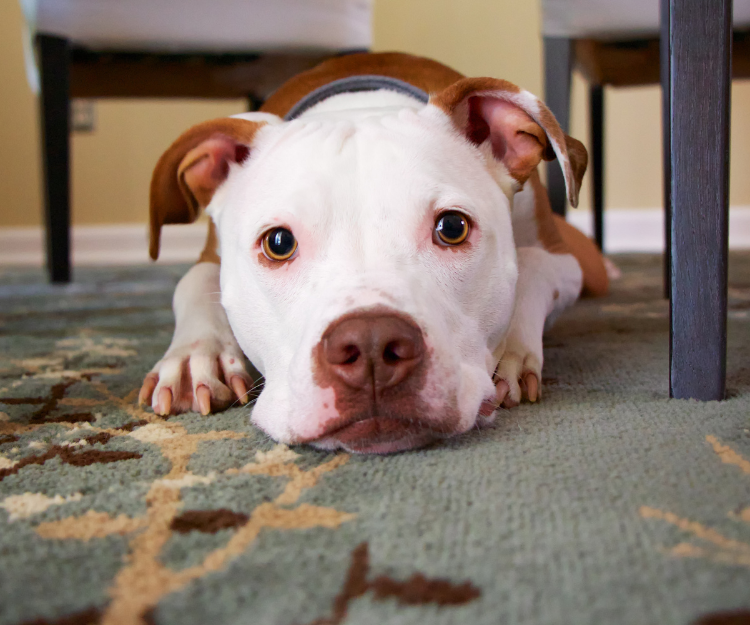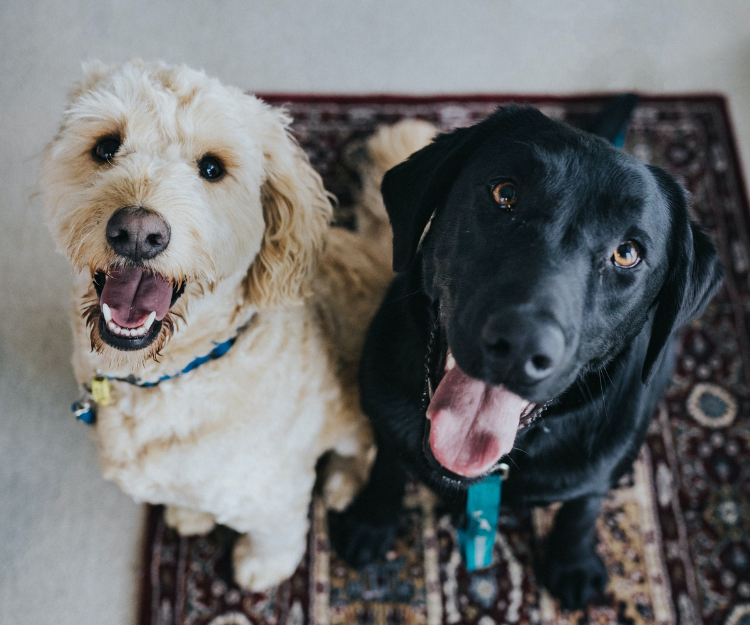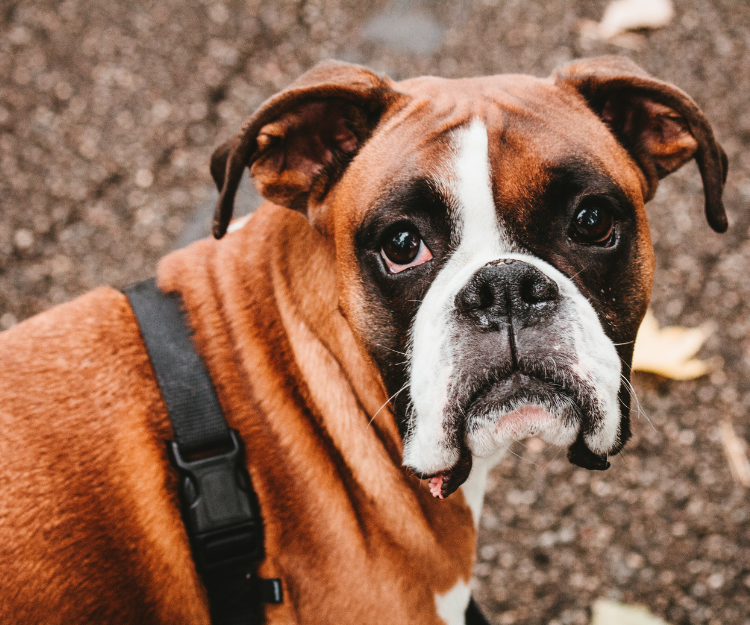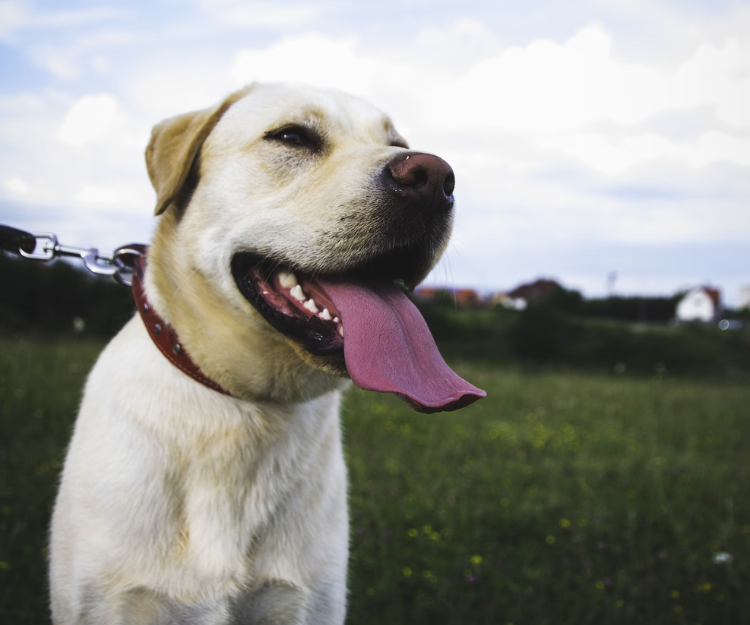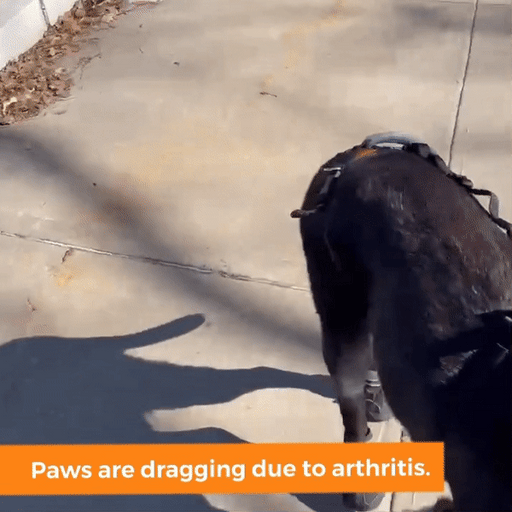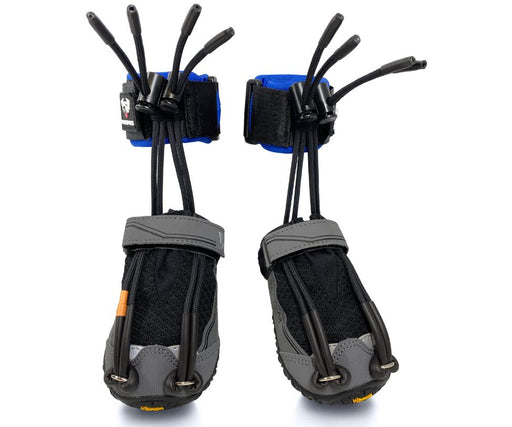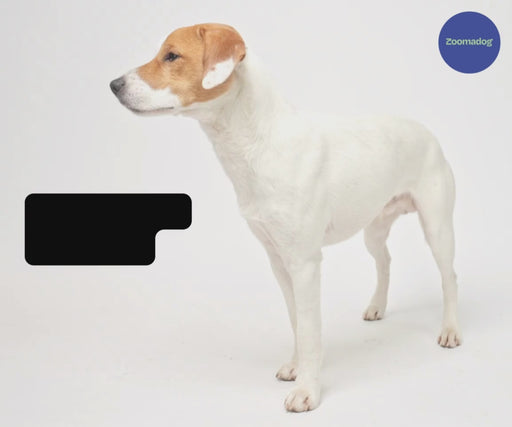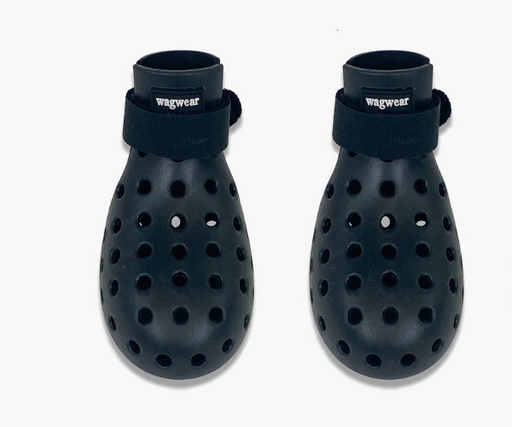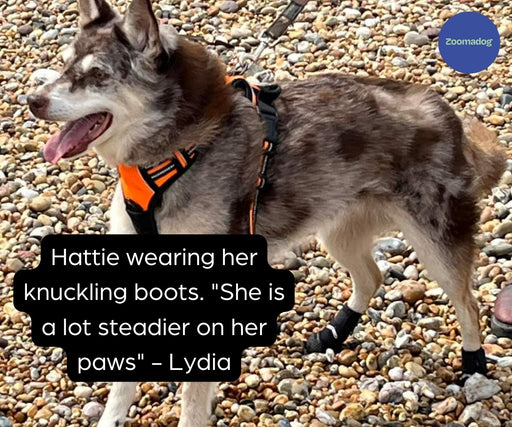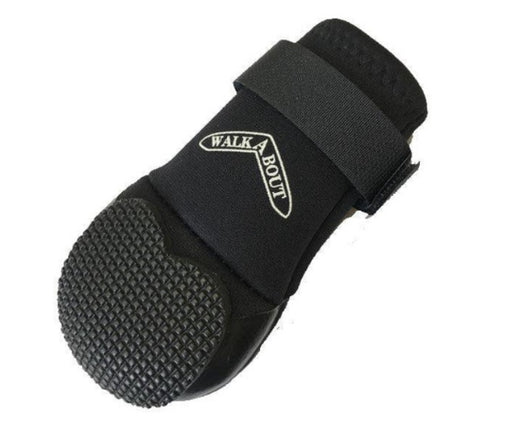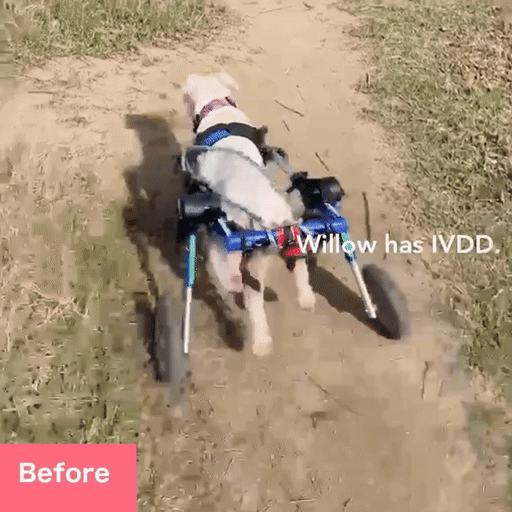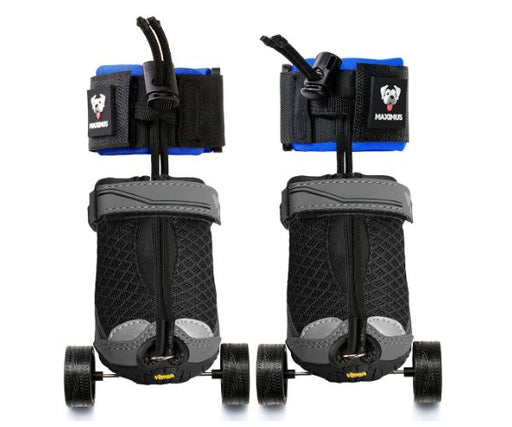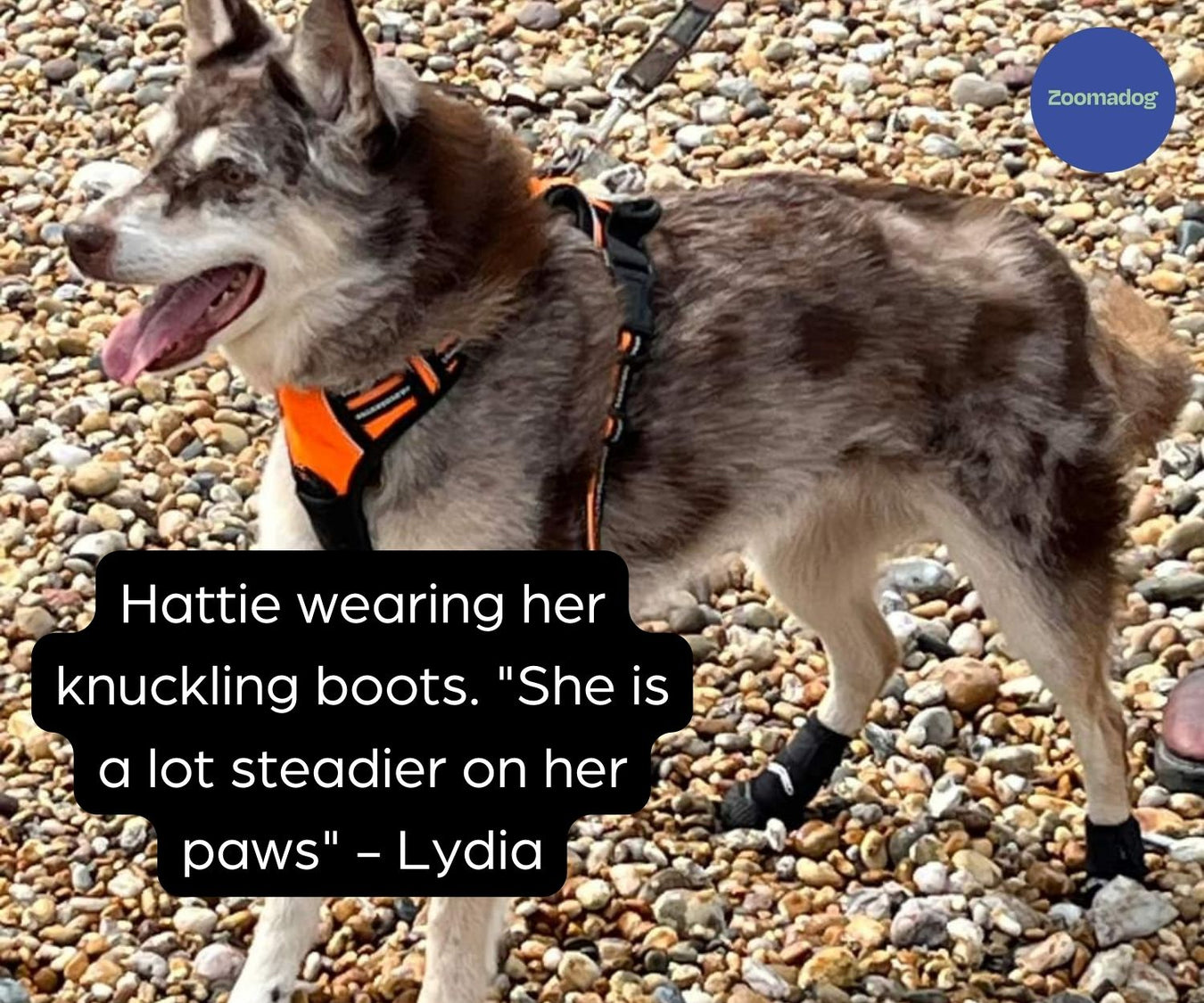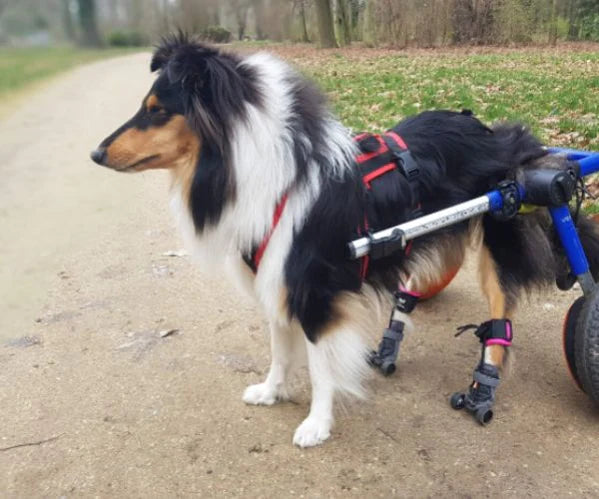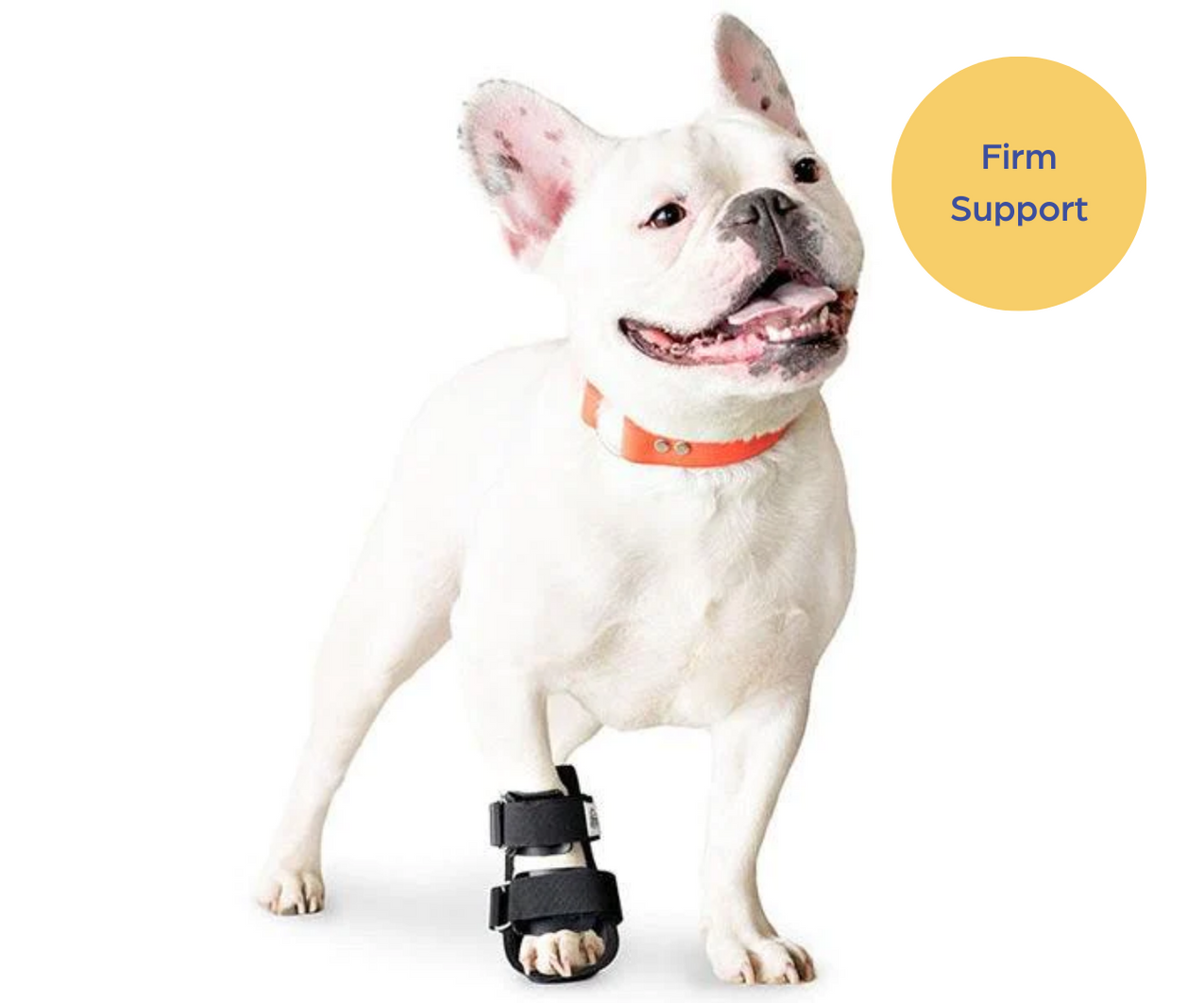Orthopedic conditions
- IVDD, spinal weakness or injury
Intervertebral Disc Disease (IVDD) is a degenerative disease that can affect your dog's spinal cord. It causes a range of painful mobility issues. IVDD includes herniated, ruptured, or bulging discs.
Read more about IVDD here
- Spinal stroke (FCE/fibrocartilaginous embolism)
Many individual bones, known as vertebrae, surround and protect the spinal cord. Cartilaginous discs sit between the vertebrae to act as shock absorbers and to give the dog’s back and neck the ability to flex, extend, and move from side to side. These discs are great when healthy but can create quite a problem if they rupture.
- Hip weakness or hip dysplasia
Dog hip weakness includes hip arthritis, hip dysplasia, or hip dislocation. Hip dysplasia is a painful condition that causes the hip joint to develop abnormally. It is an inherited condition. Some dogs respond well to non-surgical management through weight, exercise control, and a hip brace. If your dog improves with treatment, they can live a long, happy life.
Read more about hip dysplasia here
- Wobbler Syndrome (cervical spondylomyelopathy)
This condition comes from the wobbly gait most affected dogs exhibit. Dogs with wobbler syndrome typically have spinal cord compression in their neck from either an abnormally narrow spinal canal plus intervertebral disc herniation or a narrowed spinal canal due to changes to the surrounding bone.
- Carpal Flexural Deformity
Carpal flexural deformity mainly affects large and giant breed puppies, usually younger than four months. It affects the dog’s carpus - wrist - your dog may have hyperextension, hyperflexion, or general laxity (i.e., looseness) of the carpus.
It doesn't matter how old your dog is, joint care and preparing for osteoarthritis and arthritis are excellent ideas. Many dogs can start showing signs of arthritis from as young as two or three years old, but most commonly in older stages for a dog.
Read more about osteoarthritis and arthritis here

